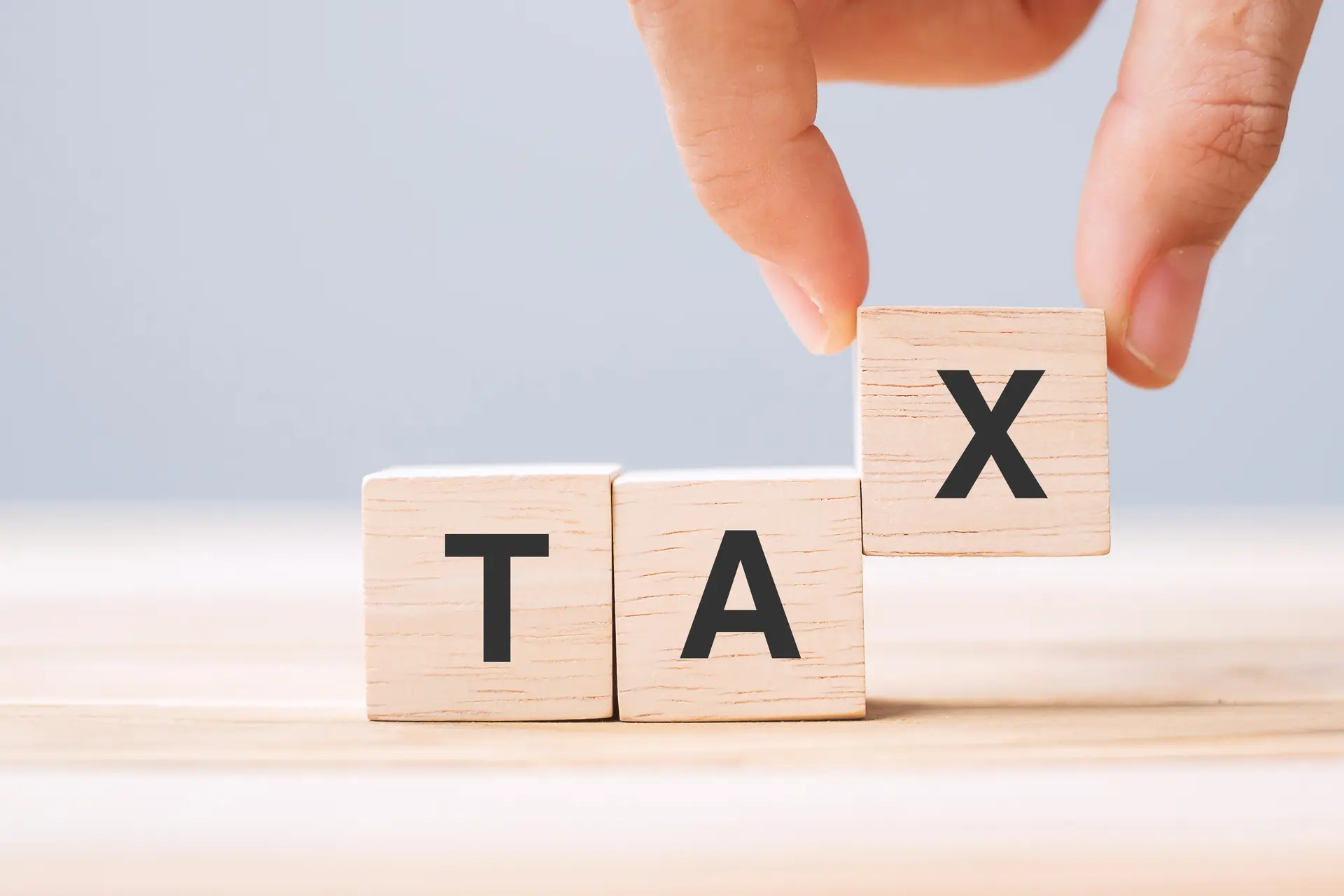International Merchants: VAT vs Customs Duties in the UK and EU and your right to reclaim

International trade is booming. In fact, the global eCommerce market continues to grow rapidly with over 20% of global retail sales done online 1. Globalization and technology have created endless opportunities in international commerce, but the tricky business of understanding taxes and duties remain daunting. Trade Duty Refund is here to help, and explains some must-know concepts when it comes to fiscal responsibility.
Doing business internationally in today’s economy is almost a given for many merchants. Digital platforms and faster and smarter logistics have made it easier to create global demand for products and, consequently, be able to fulfill and ship orders across borders. International eCommerce has already exploded and is only set to steadily grow in the coming years. The United Kingdom and European Union single market are among the top players in international trade.
While international trade provides significant advantages for many retailers, it comes with a plethora of fiscal responsibilities that can leave any import or export manager overwhelmed, if not at times, dubious.
Every country sets their tax and duty regulations when it comes to international trade. While most merchants generally lump these obligations under “financial burdens”, it is important to know the differences and most importantly, where companies can claim money back.
Let’s start with some simple definitions that merchants are already familiar with:
VAT (Value-Added Tax): this is a consumption tax applied to goods and services in European Union and non-EU countries like the UK.
Each country can set their VAT rate for goods and services and discounted rates for certain categories. For example, in Italy, the standard VAT is 22%, but there are discounted rates at 10% and 5% for certain necessities like food.
The European Commission governs a VAT Directive and the law dictates that VAT must be at least 15% 2, but otherwise leaves the rate to the discretion of each country.
This VAT system is for goods and services consumed within the EU, and therefore, “goods which are sold for export or services which are sold to customers abroad are normally not subject to VAT. Conversely imports are taxed to keep the system fair for EU producers so that they can compete on equal terms on the European market with suppliers situated outside the Union”.
The UK, now outside the EU, has a standard VAT of 20% 3, and just like EU laws, the UK does not apply its standard VAT outside the UK, but applies the 20% rate to imported goods to the UK.
Customs Duty is what consumers pay to import goods into a country.
These duties are often calculated based on the value of the goods, customs tariffs and country of origin. Therefore, these rates can vary by goods and country.
What happens when consumers return goods across borders?
Consumers today also have easier options for returning goods, in fact, around 30% of online sales end up being returned, compared to 8.89% of brick-and-mortar sales4.
These may sound like insignificant numbers, but when global retailers invoice and move millions, even billions, of dollars per year in revenue, those returns start to add up. Returns mean that goods cross international borders twice, and therefore customs duties are paid twice, creating accounting headaches for merchants.
Fortunately, in both the UK and EU, merchants are eligible for duty free returns. This means that they are exempt or can claim relief on certain customs duties. In this particular case, companies can claim back the duties they paid to import returned items.

How can Trade Duty Refund help global merchants reclaim customs duties?
Trying to claim back customs duties from the UK HM Revenue & Customs or the EU Taxation & Customs Union can be burdensome and time-consuming, especially when companies deal with hundreds or thousands of returns.
Trade Duty Refund, built on the expertise of international trade consultants and AI-powered data analytics technology, helps companies file bulk claims quickly just from a list of returns that the company provides.
Merchants can focus on selling and logistics while Trade Duty Refund works on efficiently and successfully claiming back duties owed.
Does your company import goods in the UK and/or the EU and experience high volumes of returns?
Schedule a discovery call with Trade Duty Refund to calculate an estimate of the customs duty you could claim back and understand how our process works.
Sources and references
-
BCG : “E-Commerce Poised to Capture 41% of Global Retail Sales by 2027—Up from Just 18% in 2017” https://www.bcg.com/press/31october2023-ecommerce-global-retail-sales ↩
-
Tax and Customs Union: “What is VAT” https://taxation-customs.ec.europa.eu/what-vat_en ↩
-
UK Governement: “How much VAT you must charge” https://www.gov.uk/how-vat-works/how-much-vat-you-must-charge ↩
-
Mediaclip: “Ecommerce Returns Management – 5 Proven Tips” https://www.mediaclip.ca/en/blog/ecommerce-returns-management-5-proven-tips/2023. ↩
